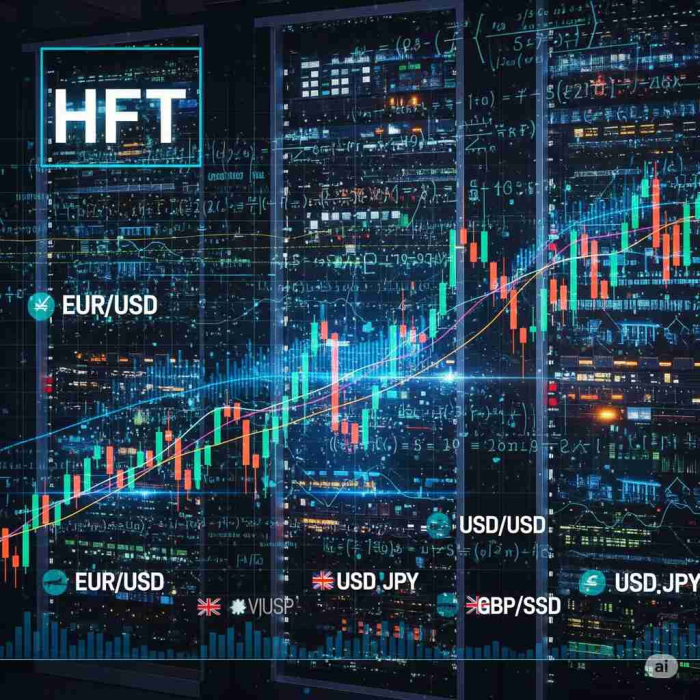The Lightning-Fast World of HFT in Forex
High-Frequency Trading (HFT) is a term that often conjures images of super-fast computers, algorithmic wizardry, and colossal profits (or losses) in the blink of an eye. While commonly associated with stock markets, HFT is also a significant, albeit sometimes less discussed, force in the vast and decentralized foreign exchange (Forex) market.
So, what exactly is HFT in Forex, and why does it matter?
What is High-Frequency Trading (HFT)?
At its core, HFT involves executing a massive number of orders at extremely high speeds, leveraging sophisticated algorithms and powerful computing infrastructure. The goal is to profit from tiny price discrepancies that exist for mere milliseconds or even microseconds. These strategies are typically market neutral, meaning they aim to profit regardless of whether the market goes up or down, but rather from the inefficiencies or temporary imbalances in liquidity.
In Forex, HFT firms are constantly scanning for:
- Arbitrage opportunities: Exploiting minuscule price differences for the same currency pair across different liquidity providers or venues.
- Latency arbitrage: Taking advantage of the tiny delays in information propagation between different trading platforms.
- Liquidity provision: Acting as market makers, placing both bid and ask orders and profiting from the spread.
- News-based trading: Rapidly reacting to economic data releases and other market-moving news before the broader market can adjust.
The Technological Arms Race
HFT in Forex is fundamentally a technological arms race. Success hinges on:
- Proximity to exchanges/liquidity providers: Co-locating servers as close as possible to the data centers of major Forex brokers and ECNs (Electronic Communication Networks) to minimize latency. Every microsecond counts.
- Ultra-low latency connectivity: Utilizing dedicated fiber optic lines and advanced network protocols.
- Powerful algorithms: Sophisticated software that can analyze market data, identify opportunities, and execute trades autonomously at blinding speeds.
- Custom hardware: Sometimes even employing specialized hardware like FPGAs (Field-Programmable Gate Arrays) for even faster processing.
Why is HFT a Big Deal in Forex?
- Liquidity: HFT firms are significant liquidity providers in the Forex market. By constantly placing bid and ask orders, they narrow spreads, making it cheaper for other participants to trade.
- Market Efficiency: The rapid identification and exploitation of price discrepancies by HFT strategies contribute to more efficient pricing across the market.
- Increased Volatility (Sometimes): While generally contributing to stability, during times of extreme market stress or illiquidity, rapid HFT reactions can sometimes amplify price swings.
- Challenges for Retail Traders: For the average retail Forex trader, competing with HFT firms on speed is impossible. This means relying on different strategies that focus on longer-term trends, fundamental analysis, or technical analysis, rather than trying to scalp tiny pips from fleeting price movements.

The Future of HFT in Forex
As technology continues to advance, HFT in Forex will likely become even more sophisticated. We can expect:
- Further advancements in AI and Machine Learning: Algorithms will become even more adept at identifying complex patterns and adapting to changing market conditions.
- Increased focus on data analysis: The ability to process and act upon vast amounts of real-time market data will be paramount.
- Continued innovation in network infrastructure: The pursuit of ever-lower latency will remain a key driver.
While the world of HFT in Forex might seem abstract and distant to many traders, understanding its existence and impact is crucial. It shapes the very fabric of how Forex prices are formed and how liquidity is maintained, making it an undeniable force in the global currency markets.
Popular Tags